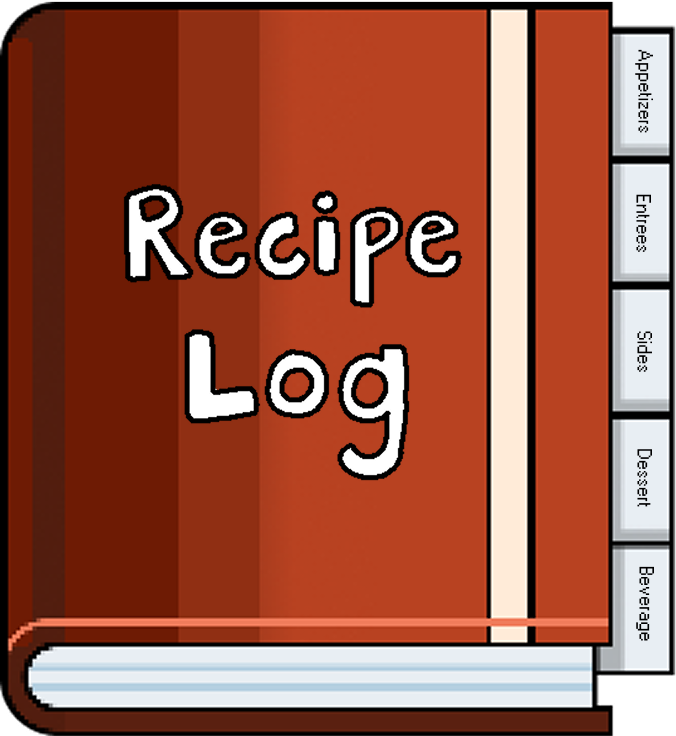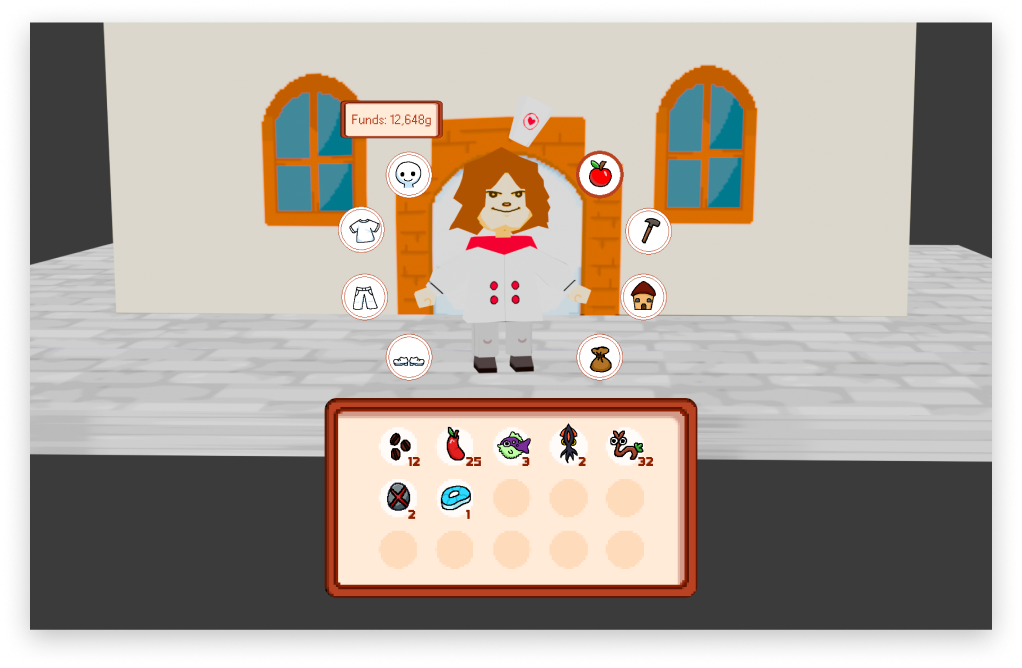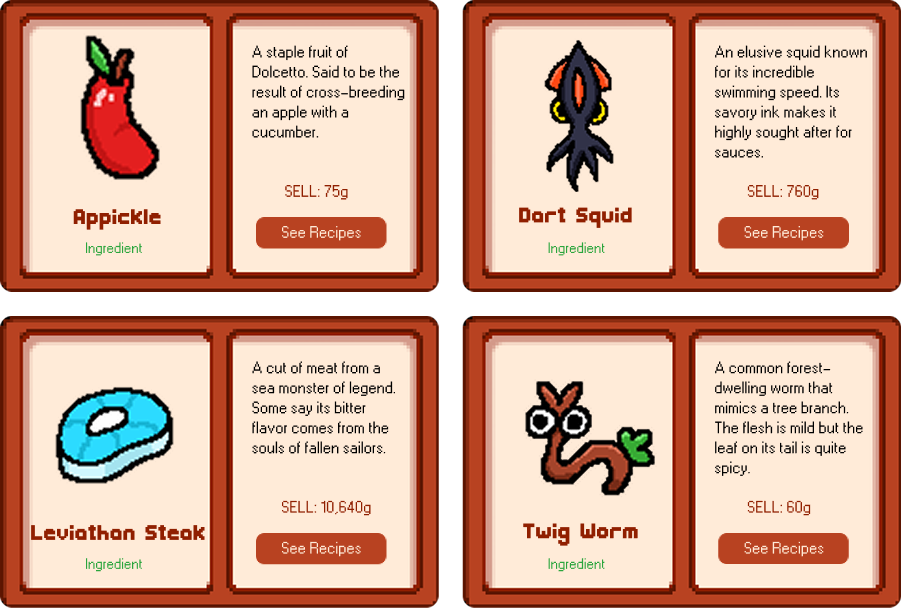Sonderstove
Video Game Concept Personal Project
TIMELINE
Apr 2025 - Present
Brand Design
Visual Design
Illustration
SUMMARY
Sonderstove is a restaurant management video game concept I began working on last spring. This project contains some of the early-stage brand design I did for the game, such as logos, key art, character designs, and storyboards, as well as some in-game assets. This project is ongoing and very active, so stay tuned for updates!
In the summer of 2024, I worked a handful of shifts at a local Chinese restaurant.
During some of the slow weekdays, I’d strike up conversations with some of the other servers.
David was about the same age as me.
He was hoping to eventually secure the general manager position so he could save up and get the business degree he always wanted.
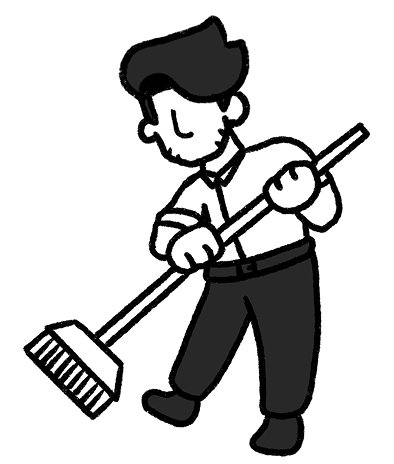
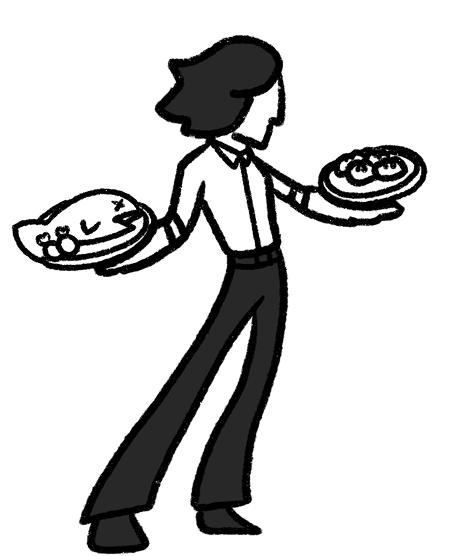
Ing came in for night shifts.
She was working two jobs to support her son through medical school at UCLA.
Even over a year later, these conversations still stick with me. For all these employees, the restaurant was never the last stop in their life. It was a stepping stone to bigger things, to goals and dreams yet to be achieved.

This idea of a restaurant that acts as a refuge for those still finding their way through life was the key inspiration for Sonderstove.
Last spring, I decided I wanted to finally start bringing this concept to life. I imagined a game where you move into a new town to pursue your dreams of opening a restaurant while meeting a vibrant cast of characters.
The game is all about your employees. It’s up to you to befriend them, help them grow as people, and eventually send them off to follow their own dreams.
The word “sonder” refers to the realization that every stranger lives a life as complex and vivid as your own. Combining that with the culinary focus of the game, “Sonderstove” felt like a perfect name.
THE LOGO
I knew the vibe of this game would be rustic and cozy, but still bustling and full of life. I created a moodboard of visual language that I felt encapsulated these feelings as well as a color palette leaning into warm beiges, browns, and reds.
Game logos tend to be more detailed and ornate than what you might see for a corporate logo, so my design philosophy leaned more towards tasteful complexity than minimalism.
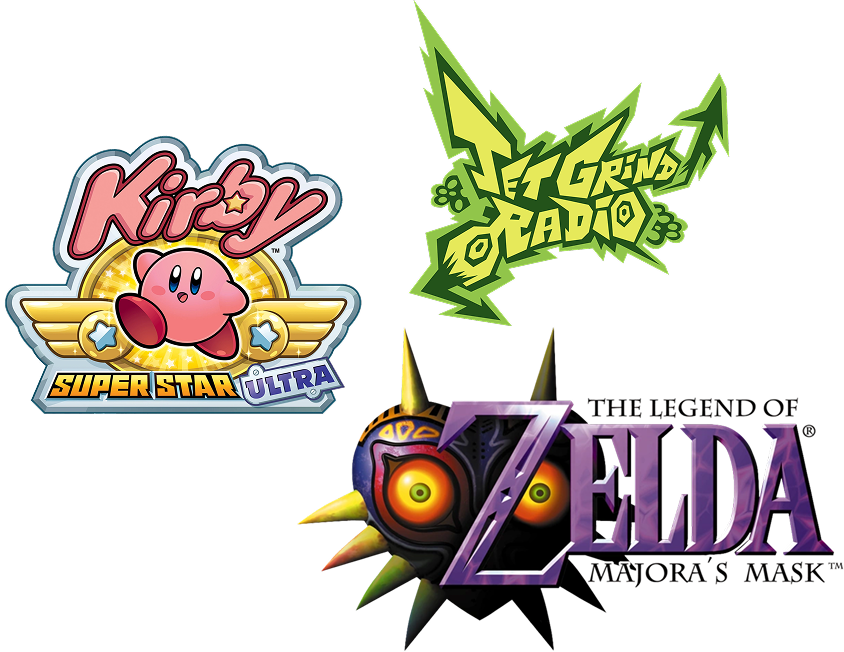
.png)
For the rustic, small-town vibe, I experimented a lot with brick motifs and imagery of buildings.
Since it is a game about restaurants, I played around with different ways to convey the cooking aspect of the game, such as pots and brick stoves. One version that I quite liked was modeled after the “Open” signs that restaurants have.
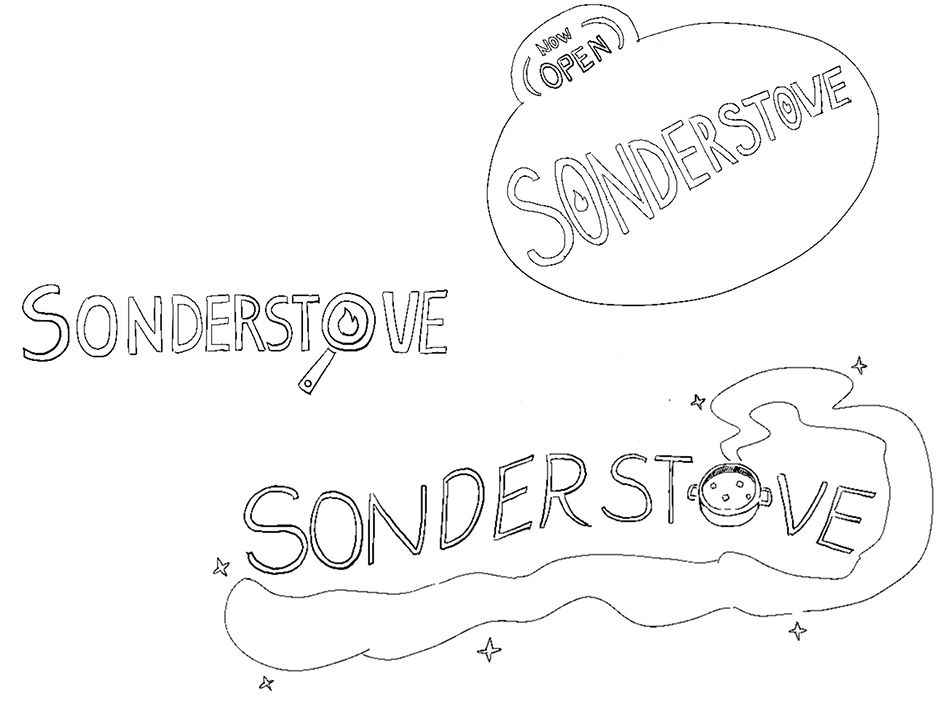

Another idea was to integrate some fire motifs to lean into the “stove” part of the name. I felt that this wasn’t very fitting for the laid-back atmosphere of the game, however.
In the end, I decided to go back to the brick and building imagery and the warmer color scheme. I find that this version strikes a great balance between capturing the cozy vibe while still being clearly a game about food. The smoke from the pot forming the silhouette of the town represents your restaurant’s ability to help the town and its people grow.
GALE
Mysteriously washed up on the shores with no memory of her past life. Even so, she has a fantastic knack for sailing and a heart of gold.
She’s working at your restaurant until she can piece together her past and find out how she got here.

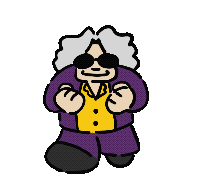
CARL
Dropped out of school and moved here with nothing but his guitar, a 20 dollar bill, and a great attitude. He hasn’t found an audience for his music yet but he’s certain he’ll make it big someday.
He’s working at your restaurant to earn enough money to release his first album.
TUCKER
The disgraced former CEO of GreenPill Inc, an enormous pharmaceutical company. He was ousted after his cofounder pinned a massive company scandal on him.
He’s working at your restaurant for now to lay low and plan his revenge.

These two are long-time townsfolk. You can’t hire them, but they run their own businesses in town that will really help out your business.
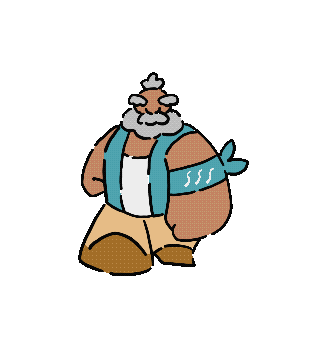
GRAYSON
The town’s best fisherman who runs the town’s fish stand. He can come off as gruff and hardheaded sometimes, but his daily catch is unparalleled.
He hates pirates more than anything. Maybe there’s some history there…
KATHY
Owner of the kitchen supply shop. Whether it’s knives, pots, ovens, or stoves, she has you covered. She’s training her daughter to take over the family business someday.
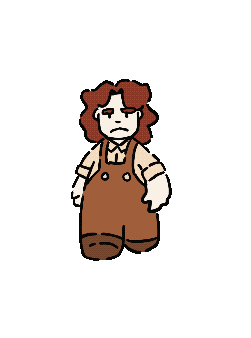
KEY ART
For a piece of media, its key art is the central representation of its identity and the first impression for marketing and branding.
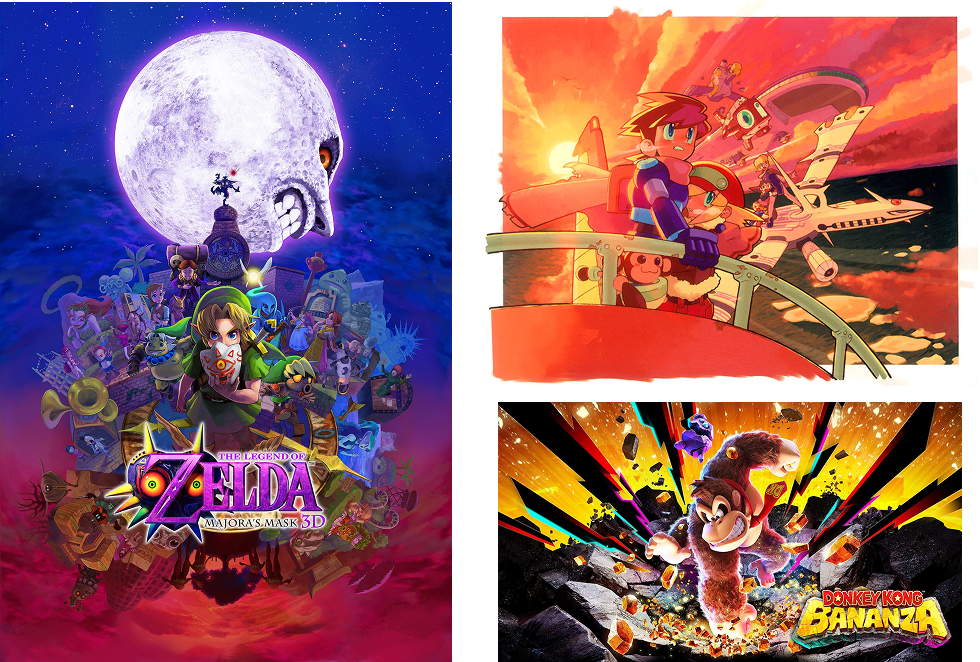
Good key art should be able to communicate a game’s genre, tone, setting, and story in just one image. Here’s some of my favorites that I used as inspiration.
Here are two key art drafts I created. The one on the left showcases the characters and town along with the coastal setting while the one on the right aims to emphasize that you are being “dropped” into a new life.

I ended up deciding on the first version, since the composition felt more dynamic and layered. Here’s the key art fully colored! Since I’m a big fan of physical copies of games, I turned it into a box wrap as well.
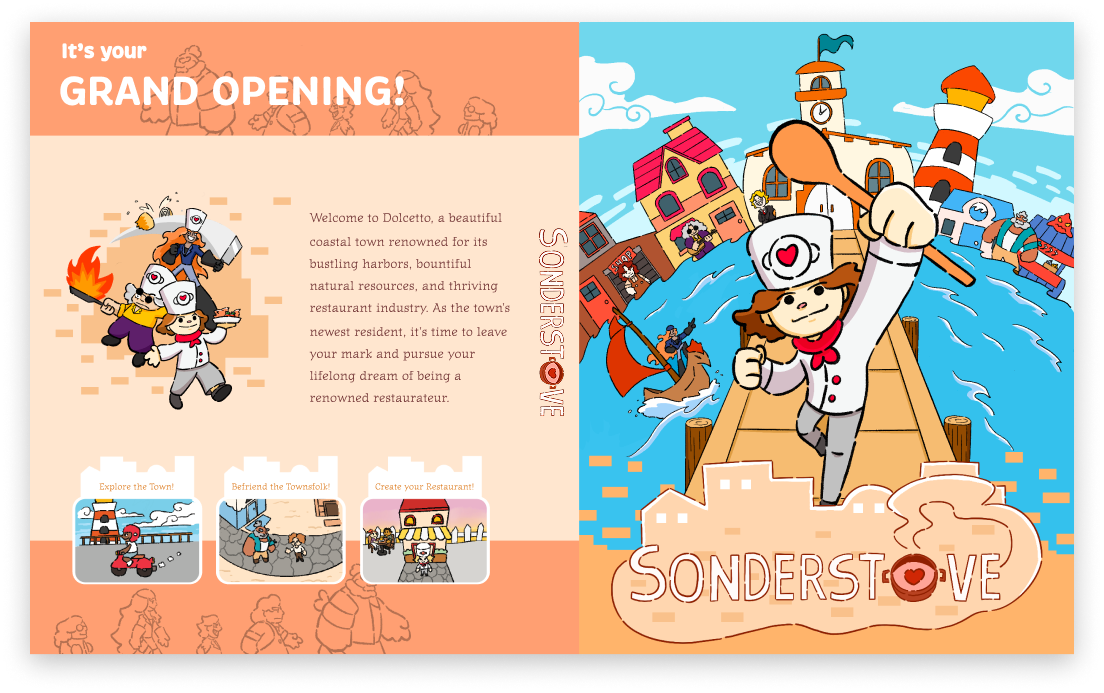
STORYBOARDING
To hone in on narrative, I wanted to create a short storyboard for the opening sequence of the game. I framed the events around the “creation” story, where the protagonist comes to terms with their love for cooking and decides to leave their old life behind.
CHARACTER ASSETS
A common way video games make dialogue feel emotionally impactful is by pairing it with character portraits.
My favorite (and the most expressive!) character is Tucker, so I did a portrait sheet for him first. His iconic feature is his toothy grin, and I really wanted to convey that he tries to wear it at all times to keep up his confident businessman facade. Only for extreme emotions does he lose his composure and fully change his expression.
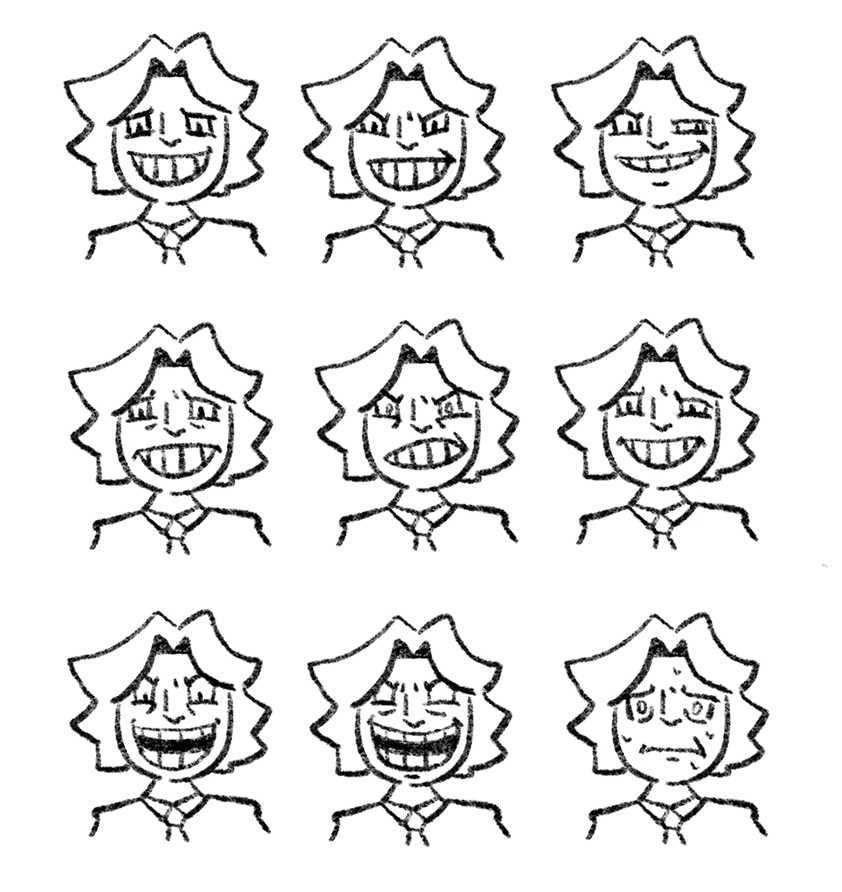


Here’s how the portrait appears inside the dialogue box. I found that having the character portrait *slightly* outside the borders of the box really makes everything pop.
3D MODELING
At this time, I was very interested in stylized low-poly character models. I tried to capture this aesthetic by modeling Tucker and the protagonist in Blender. This was my first time doing any kind of 3D modeling, but with the help of YouTube tutorials I’m fairly happy with how they turned out.
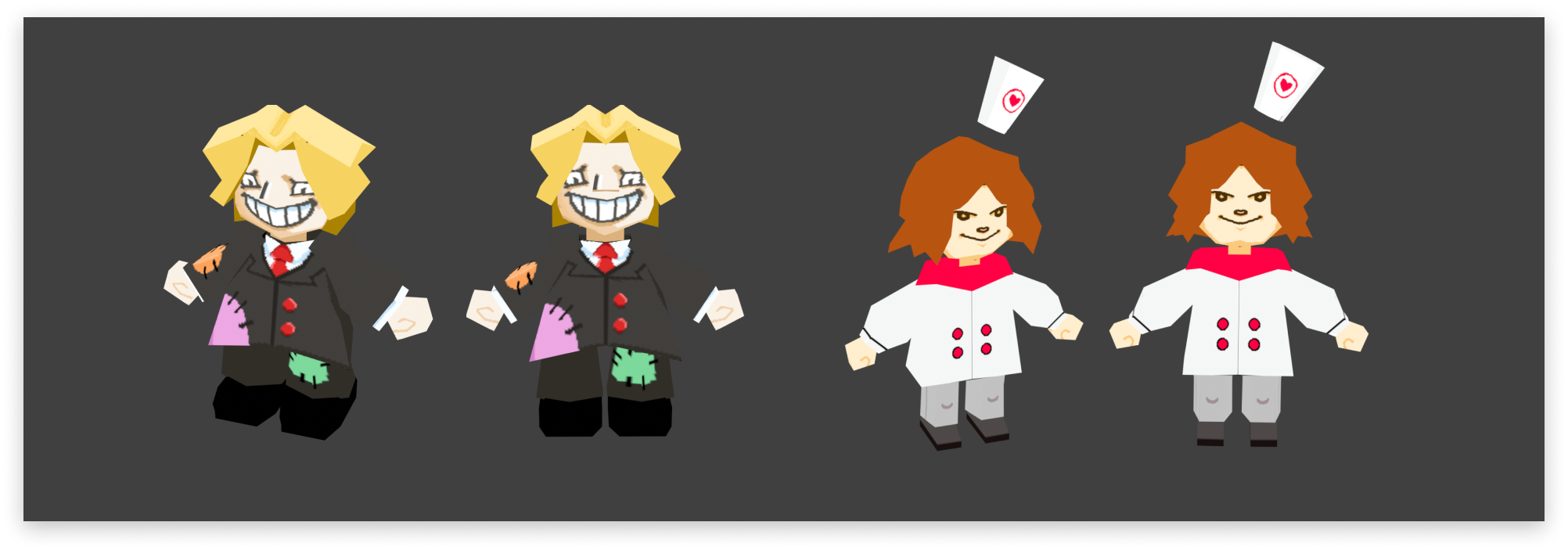
GAME UI
All the recipes you create and discover in the game are stored in the recipe log. It’s a way for you to track your progress in the game and read some interesting tidbits about each dish.
To design the recipe log, I decided to use skeuomorphism, where a digital user interface is designed to be similar in appearance and functionality to real world objects, leveraging familiarity to make navigation more intuitive. Navigation of the notebook is done by clicking the “bookmarks,” just like how you would flip to a specific section in a real notebook.
Your character has to carry a lot of stuff. The game has tons of clothes, ingredients, tools, furniture, and treasure to collect, so we need a good inventory UI to keep everything organized.
The inventory UI layers directly above the game for a seamless transition, and every item is given a category. It was a lot of fun illustrating and writing entries for the wacky ingredients you can find in this game. Take a look at a few of them!
NEXT STEPS
In the coming months and years, I’ll be creating more of the characters and their stories, building out the town, fleshing out game mechanics, and actually programming the game. As the game develops, the work I have done so far will likely be revised and evolve. There’s a lot I still want to improve; the logo, my illustration skills, and especially my 3D modeling. Though there’s a lot to do, this project is something I’m very excited about. Please stay tuned for future updates!
TAKEAWAYS
1.
Taking inspiration is the first step to making something your own.
Gathering many sources of inspiration and infusing them with your own ideas leads to functional and creative design.
2.
Creating variations is the backbone to good ideation.
Moments of inspiration come from creating highly varied versions of an idea.
.png)





%201.png)

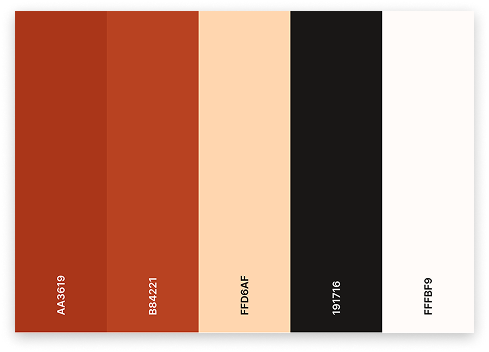

.png)











.png)
%20(1).png)
%20(2).png)
%20(3).png)







